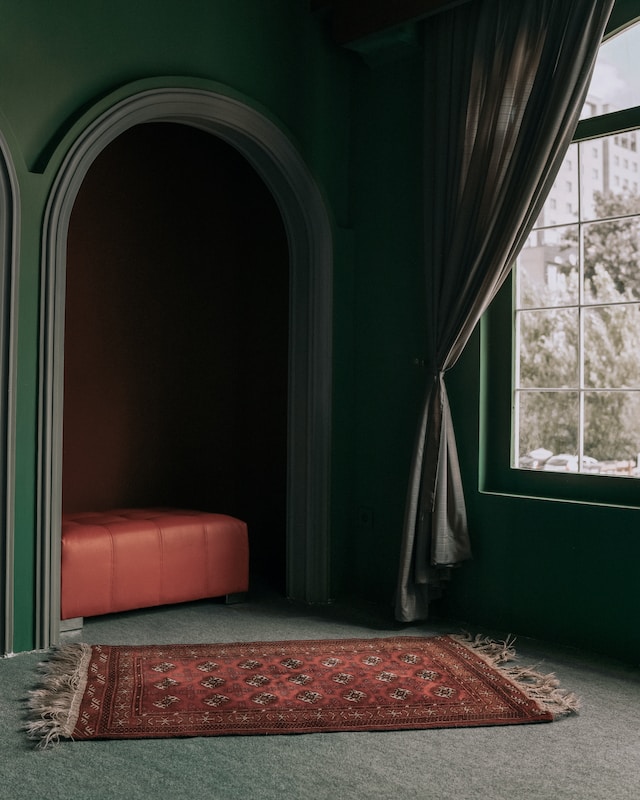native navajo rugs sale
History and Cultural Significance of Navajo Rugs
Title: The Rich Tapestry of Navajo Rugs: Unveiling Cultural Heritage
Introduction:
Navajo rugs, renowned for their exquisite craftsmanship and vibrant designs, hold a significant place in Native American culture. These masterpieces are not only artistic creations but also bear witness to the rich history and cultural heritage of the Navajo people.
History:
The origin of Navajo rugs can be traced back to ancient times when the Navajo tribe began weaving using simple tools and natural materials. Over centuries, this art form evolved into a complex craft, reflecting the influence of Spanish settlers and neighboring tribes. Intricate patterns transformed these textiles into storytelling mediums, depicting tribal traditions, legends, and symbols.
Cultural Significance:
Navajo rugs are much more than mere decorative items; they embody the spirit of tradition and identity for the Navajo people. Each rug tells a unique story passed down through generations, preserving ancestral knowledge and customs. The intricate motifs symbolize spiritual beliefs, personal experiences, or communal events crucial to their existence.
Economic Empowerment:
Apart from their cultural significance, Navajo rugs have become an essential source of income for many weavers within the tribe. With increasing demand worldwide, these rugs serve as a means of economic empowerment for Navajo artisans while raising awareness about their remarkable craftsmanship.
Preservation Efforts:
Recognizing the importance of preserving this age-old tradition, various organizations collaborate with Navajo communities to promote rug weaving skills among younger generations. Through apprenticeships and workshops, these initiatives aim to ensure that this invaluable art form continues to thrive in today's fast-paced world.
Conclusion:
In conclusion, Navajo rugs represent far more than just beautiful floor coverings; they are tangible embodiments of timeless stories woven together by skilled hands. Their historical significance and cultural value make them highly sought-after pieces cherished by collectors worldwide. By appreciating and supporting this indigenous art form through authentic purchases or contributions towards preservation efforts, we can help keep the vibrant history and rich cultural heritage of Navajo rugs alive for generations to come.



